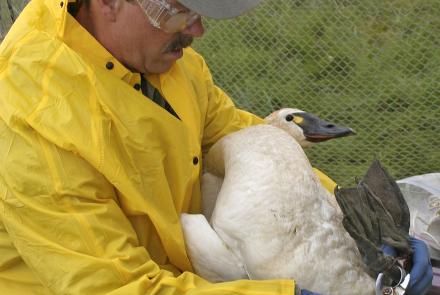Alaskan Meteorites
The number of meteorite finds and observed falls in any region seems to depend mainly upon how many people live there and whether the ground is such that old meteorites or meteorite craters are easily found. With its low population and its tree and moss cover, Alaska loses on both counts, so it is no surprise that few meteorite finds have been made.
In fact, Alaska can boast only one confirmed meteorite. A nickel-iron meteorite, it was raised by a gold dredge at Aggie Creek near Council on the Seward Peninsula. Found in 1942, the main part of the meteorite now resides at the University of Alaska Museum in Fairbanks. A meteorite shower may have been observed many years ago by an Eskimo of Kwigillingok. He said that one day while out hunting on the sea he heard stones rattle down on the ice nearby. The man picked one up and later gave it to his son, telling him that the stone would someday be worth a great deal of money. The son did bring the stone to a geologist at the University of Alaska who said the stone appeared to be a small chronditic meteorite. Though the geologist offered the man several times the going rate for meteoritic material, the amount was far less than the Eskimo expected. He refused to give the stone up for analysis, so confirmation of its being a meteorite was not possible.
With the recent discovery that Sithylemenkat Lake near Bettles sits in a depression probably caused by a giant meteorite perhaps 100,000 years ago, there are now three suspected impact craters in Alaska. The other two are the Savonoski Crater, roughly 500 meters across, in Katmai, and a small one only 63 meters across on Amak Island north of the Alaska Peninsula. Dr. Juergen Kienle of the Geophysical Institute notes that the Amak crater might be a maar rather than a meteorite crater.




